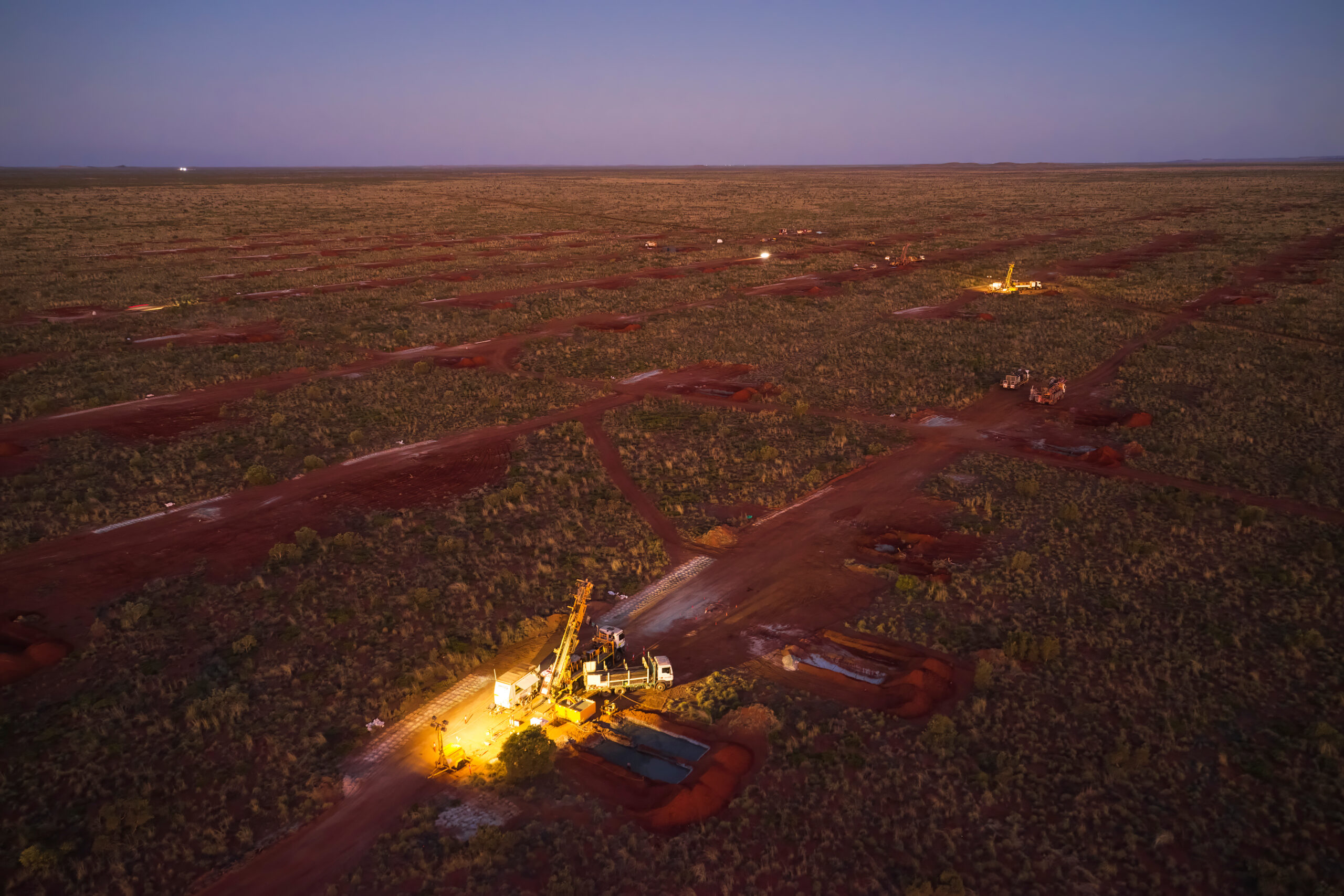I spent my 2024 GMJ columns lamenting the lack of market support for explorers and developers while established miners enjoyed the fruits of the rampant gold price.
Finally, we saw evidence of a change in the December quarter with several developers and explorers raising big licks of cash.
Spartan Resources Ltd ($220 million) and Capricorn Metals Ltd ($200 million) raised the most among gold companies, but the more telling financings came further upstream, with the likes of Black Cat Syndicate Ltd ($80 million), Meeka Metals Ltd ($70 million), Turaco Gold Ltd ($35 million) and Astral Resources Ltd ($25 million) also gathering big catches.
It is a welcome change for the junior sector and will have dozens of explorers remembering their gold credentials after several years chasing lithium, rare earths and niobium.
We will not be able to gauge just how far the money has flowed until later in the year.
With so much political and economic uncertainty across the world, it appears the gold price could continue its climb, which should be good news for any gold company. However, the eternal problem for gold juniors is that gold goes up when risk is off but that also means the market is loath to back juniors.
Instead of eyeing up greenfields options, investors will be looking for advanced stories capable of delivering immediate leverage to the gold price.
However, as the established miners are already realising, the global development pipeline is empty thanks to the long winter of discontent in the junior sector. It means investors will likely latch onto the same few companies in a position to capture the zeitgeist.
While there is fascinating, innovative work going on in brownfields locations across Australia, there have been few genuine greenfields discoveries made in the past decade, other than De Grey Mining Ltd’s Hemi discovery (more on that further down).
The barriers to greenfields discovery are numerous and not only related to risk appetite.
A significant risk factor is permitting. Even in Western Australia – the most Tier-1 of all Tier-1 gold jurisdictions – delays to approvals and shifting goalposts around environmental regulations mean juniors operating in greenfields environments face considerable lead times to getting on the ground.
At Paydirt’s Gold Unlocked lunch in December, panellists lamented the time it took to permit greenfields exploration programmes.
Without the sugar hit of immediate drilling success brownfields projects can provide, greenfields explorers are more reliant on rapid, efficient assessment of targets. They need to hit the ground and define whether a prospect is worth pursuing or move onto the next one. If they are delayed by onerous approvals, explorers are in danger of seeing their IPO funds whittled away by G&A rather than drilling.
The West Australian State Government has taken steps to alleviate the approvals backlog and the Federal Government has walked back its Nature Positive policy, but with so much flux in reporting standards and public expectations around environmental management, it seems unlikely the issue is going to settle down in any significant way. Hopefully the market remains strong enough that explorers can overcome the hurdles.
The proof of what is achievable in a greenfields environment comes with news of Northern Star Resources Ltd’s $5 billion bid to acquire De Grey and its Hemi project.
It is rare to see a deal at the top of the market which is seemingly defining for both bidder and target, but this appears to be one of them.
For De Grey, it eliminates the development risk associated with any project – and this is not just any project – and gives shareholders a 19% interest in Australia’s largest gold producer.
For Northern Star, it provides a fledgling Tier-1 asset which is only at the start of its life and could one day rival even the biggest mines in the company’s portfolio.
Hemi will hold a special place in the GMJ/Paydirt as we have charted the journey from plucky upstart discovery, through its navigation of various hurdles around permitting, heritage, metallurgy and development.
We look forward to continuing our watching brief in 2025 and beyond.

